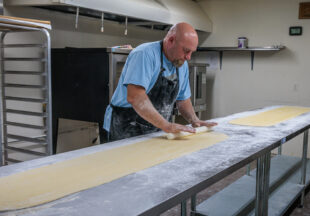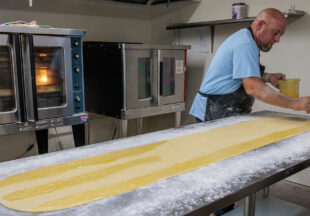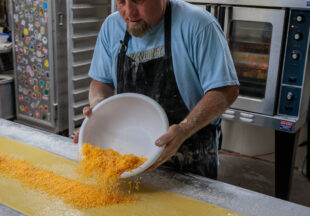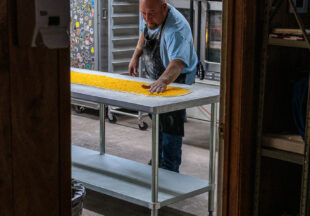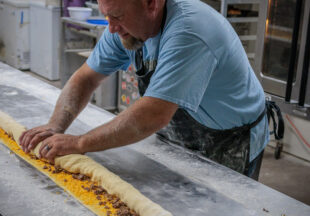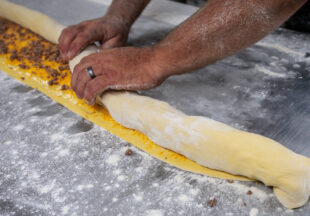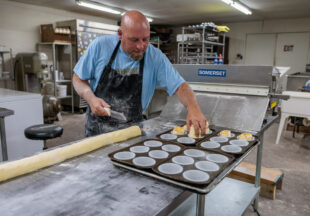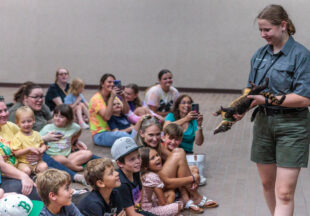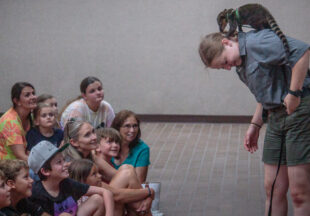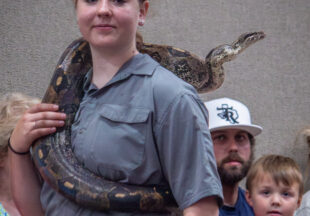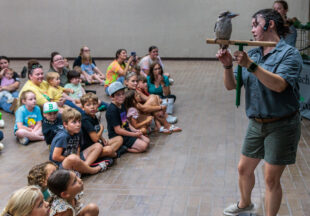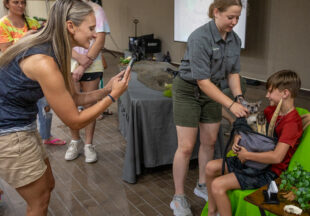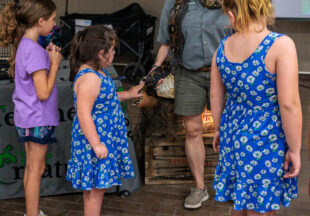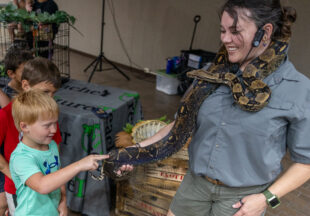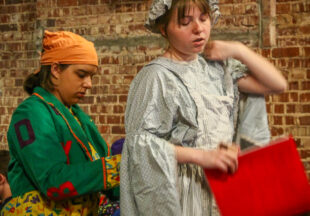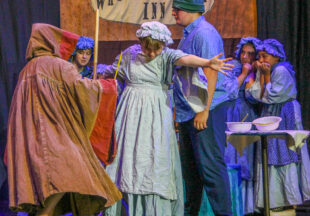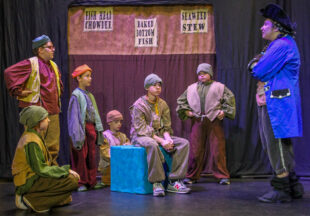Stephens County Chronicles: Thurber bricks have place in Stephens County history
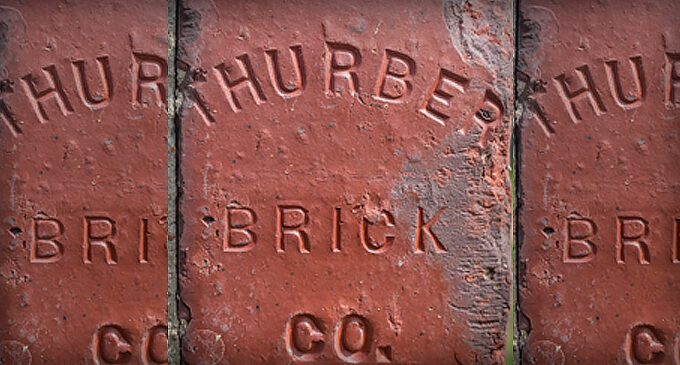
By Jean Hayworth/Breckenridge Texan
About 50 miles southeast of Breckenridge is the historic town of Thurber, which played a noted role in Stephens County history. Three blocks in downtown Breckenridge are paved with Thurber bricks that were put in place 100 years ago.

Jean Hayworth
Thurber’s contribution to Stephens County history is preserved in a pedestal and plaque at the City Park, just off of Walker Street. Of course, the brick pedestal was constructed of the well known Thurber paving bricks. The next time you are visiting the City Park, take a minute to stroll over and look at the plaque atop the brick pedestal that tells about the Thurber bricks in Stephens County history.
Beginning in the late 1880s, Thurber was particularly known for its coal mine. Many Italians and Czechs moved to the town from the Pennsylvania coal mines to work in the bituminous coal mine. Later, the brick plant was established to produce 40 varieties of bricks, and Thurber became better known for the paving bricks than for its coal mines. The bricks were shipped throughout Texas and into other states in the 1920s.
Initially, brothers William W. and Harvey E. Johnson established the coal mine in 1887, at a depth of 65 feet, which later went to about 450 feet in depth and produced more than 127,000,000 tons of coal. Harvey died in 1888, and, due to labor and financial issues, William Johnson sold his interest in the mine to R.D. Hunter of the Texas and Pacific Coal Company.
Railroads provided a ready market for any coal-mining operation. The company town of Thurber, named for investor H.K. Thurber, became completely unionized after a 1913 strike. The company employed 2,500 miners from 18 different nationalities, as reinforced by the names on the tombstones in the Thurber Cemetery and the Whitehead Cemetery, which was established for African Americans.
The Thurber Cemetery encompasses nine acres and was divided into three sections, Catholic, Protestant and African American, with their own separate entrance. There are more than 1,000 graves, with nearly 700 unmarked. The oldest tombstone is that of Eva Chapman, an infant who died in 1890. More than half the graves are for infants who died from scarlet fever, typhoid fever, diphtheria or whooping cough. Most who are buried there were Catholic.
An example of the ethnicity at Thurber is the cemetery plot of Peter Wasielski and family, who migrated from Sierpc, Poland, and worked in the coal mine in Thurber for 30 years. Apparently, he was a skilled brick mason as well and built a low wall around his family cemetery plot in 1913 and helped build the Thurber smoke stack in 1908.
 The Texas and Pacific Coal Company, with general manager W.K. Gordon, saw the potential in the shale mud found in Thurber and the non-commercial pea coal as well as the rich deposit of shale clay in the area and persuaded the management to build a brick plant in 1897. As a result, that plant became the largest west of the Mississippi River.
The Texas and Pacific Coal Company, with general manager W.K. Gordon, saw the potential in the shale mud found in Thurber and the non-commercial pea coal as well as the rich deposit of shale clay in the area and persuaded the management to build a brick plant in 1897. As a result, that plant became the largest west of the Mississippi River.
At the height of their operation, the brick plant produced 40 varieties of brick and had nearly 800 workers who produced 80,000 bricks per day in the early 1900s. The dry-pressed Thurber bricks were ranked number one in the nation for producing the very durable paving bricks that could handle the increased auto and truck traffic on the streets and highways. The Thurber paving bricks are 8¾ inches in length, 4 inches wide and 2¾ inches thick.
The Thurber bricks were utilized to pave hundreds of miles of Texas highways and streets in the 1920s. Examples include the Bankhead Highway, U.S. Highway 80, west of Mineral Wells to Breckenridge, and Austin’s Congress Avenue, Fort Worth’s Camp Bowie Boulevard and around the Stockyards in Fort Worth. Also, the Galveston Sea Wall and the streets of small towns in Texas, like Breckenridge, Stamford, Albany and Muenster.
The Thurber Brick plant closed in 1931.
Breckenridge is a prime example for the durability of the Thurber bricks. Originally, the main street of Breckenridge was paved with Thurber bricks in 1923. In 2005, the bricks were taken up, cleaned, flipped over and re-laid on the three blocks of Walker Street in front of the Stephens County Courthouse to the intersection with Merrill Avenue. Very few bricks were unuseable. It is recorded that more than 90% were re-used.
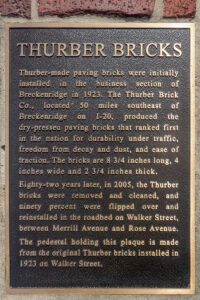
A plaque in the Breckenridge City Park details some of the history of Thurber bricks in Breckenridge. (Photo by Tony Pilkington/Breckenridge Texan)
Jean Hayworth is a columnist for the Breckenridge Texan, writing about the history of Breckenridge and Stephens County. Originally from Pennsylvania, she’s lived in Breckenridge since 1975. Hayworth is a veteran of the U.S. Navy, as well as a former school teacher and newspaper reporter/editor/columnist. She also works part-time for the Swenson Memorial Museum in Breckenridge. Click here to read more about her and the beginnings of this column.










